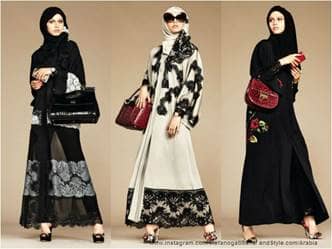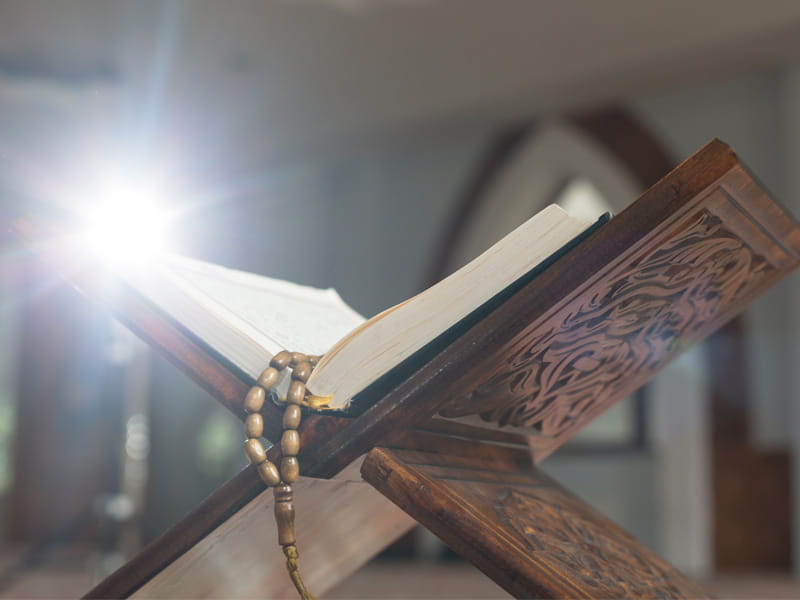
Italian fashion house Dolce & Gabbana made headlines for creating a high-end Hijab and abaya collection. That is not only sleek, graceful, and trendy, but allows Muslim women more options when they are shopping. The designs are elegant with laced trims and gorgeous styles in the spring 2016 collection featuring natural tones.
Shoppers will find “charmeuse fabrics, and with printed daisies, lemons, and lush red roses,” Style.com/Arabia first reported. It will tell "an enchanting visual story about the grace and beauty of the marvelous women of Arabia."
Select stores will also carry the line. In Saudia Arabia women buy three times as much as men, the first Saudi designer Tahani Al-Otaibi, who shows in London, said in an interview in 2013 with Arab News. The market is there.
“It is because Saudi women and men have a high fashion sense, they like to look fashionable. The most important factor is that the spending power in the Kingdom of Saudi Arabia is very high.”
The Middle East is an untapped market. Designers like Oscar de la Renta and Donna Karen already have created tapped into this wealth of buying. DKNY launched the first capsule in 2014 around Ramadan.
Author Reina Lewis wrote in Muslim Fashion: Contemporary Style Cultures said in an interview with Fortune in 2015 that it is a growing demographic.
“This makes Muslims a very important consumer segment for anything. The market for Islamic commodities started out looking at food and finance,” she added.
“I’ve been saying for the last few years that fashion is going to be the third F—and this is indeed what is beginning to happen.”
Muslims according to the outlet spent over $200 billion dollars in 2013 and is expected to jump to $484 billion dollars by 2019. Women from wealthy oil countries wear high-end fashion under their abayas for years, accessorizing the wardrobe with luxury heels and bags, including D&G. These women are known to shop for luxury brands in the Middle East and in Europe.
D&G operates several stores in the region like Qatar, Dubai, Bahrain and Beirut.
Fashion does not discriminate, and the move is being praised all over Instagram and on major news outlets that the fashion designers are targeting women in the Middle East. afghan_fille@stefanogabbana posted:
“I love this collection thank you for thinking of Muslim women.” Another shared “Thank you for showing the World that fashion is for all women no Matter their Way of Life.”
Muslim women are not limited to just a select few boutiques where they can purchase clothes. The move could open more opportunities and access to other designers and expend to the US and other countries. Yes, it’s an untapped business for companies, but this could help people fighting the fear of Muslims to view them as everyday people who enjoy fashion like the rest of us.

